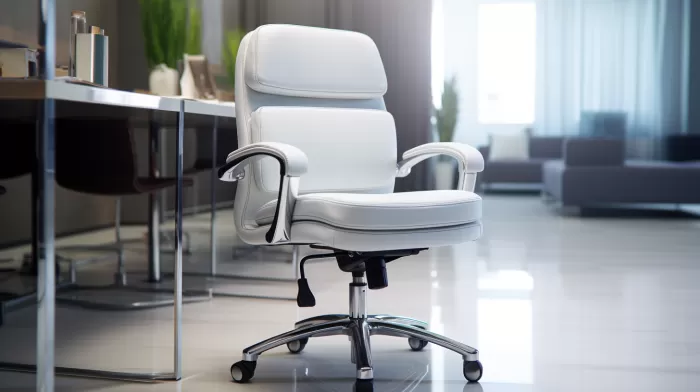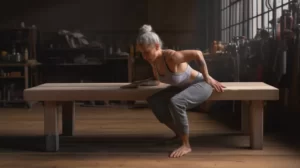It’s astonishing to think that one of the greatest threats to our health could be something as simple and commonplace as a chair. However, more and more research is showing that sitting for extended periods of time can indeed have disastrous consequences on our health. It’s time we examine the dangers lurking in everyday sitting and explore how we can combat this sneaky health risk.
The Shocking Truth About Sitting All Day
Multiple scientific studies have uncovered the alarming effects of spending too much time seated. One such study from Australia discovered that sitting for more than eight hours a day increases your risk of dying in the next three years by a staggering 15 percent. Even more troubling is the fact that this risk remains present even for individuals who exercise regularly. It seems that prolonged sitting is a separate risk factor for all-cause mortality.
Finnish researchers, in a separate study, utilized biosensors inserted into participants’ clothing to determine just how much time they spent sitting on daily basis. The results were astonishing – even those who exercised spent around 70 percent of their waking hours sitting down, a behavior that could have seriously detrimental consequences on their overall health.
What Happens to Our Bodies
What exactly is going on inside our bodies when we sit for long periods of time? It turns out that our bodies are simply not designed for this sedentary lifestyle. Extended sitting can contribute to a range of health issues including but not limited to:
- Muscular atrophy: Sitting for extended periods of time results in decreased muscle mass, especially in the legs, which can lead to weakness and a lack of balance.
- Poor circulation: Sitting slows down blood flow, which can lead to blood pooling in the legs and lead to varicose veins, blood clots, and other circulatory issues.
- Metabolic dysfunction: When you spend too much time sitting, your metabolism slows down, making it harder for your body to process sugars and fats effectively. This can increase your risk of metabolic diseases like diabetes and heart disease.
- Posture problems: Being in a seated position for a long duration can lead to aches and pains as your muscles and bones adapt to a less-than-ideal posture.
Taking Action to Sit Less
With such devastating potential consequences, it’s clear that we should all strive to incorporate more standing and movement into our daily lives. Here are some tips to help break the cycle of constant sitting:
- Set an alarm: Use your smartphone or a timer to remind you to get up and move around at least once an hour.
- Standing desk: Consider using a standing desk at work, which allows you to stand while performing tasks and can significantly reduce the time you spend sitting.
- Walking meetings: Swap out traditional seated meetings for walking meetings when feasible.
- Stretch breaks: Incorporate regular stretching into your daily routine to alleviate potential discomfort from prolonged sitting.
- Take the stairs: Opting for the stairs instead of an elevator or escalator whenever possible is an easy way to introduce more activity into your day.
The Importance of Exercise
As mentioned earlier, even those who exercise regularly are not entirely immune from the hazards of excessive sitting. However, that does not mean exercise should be devalued or dismissed. Incorporating regular workouts into your schedule will still provide myriad health benefits and should always be encouraged.
Aim for a balanced routine that includes cardiovascular workouts, strength training, and flexibility exercises, such as yoga or Pilates. By working on all aspects of fitness, you ensure that you are supporting your body’s overall health and minimizing the potential risks of prolonged sitting.
The Bottom Line
Ignoring the dangers of sitting might be easy, given that it’s such a pervasive and routine part of our daily lives, but doing so would be a grave mistake. We must all acknowledge and recognize the risks posed by extended sitting and take active steps to combat this silent killer. The future of our health may very well hinge on the simple act of standing up and moving more throughout the day.



